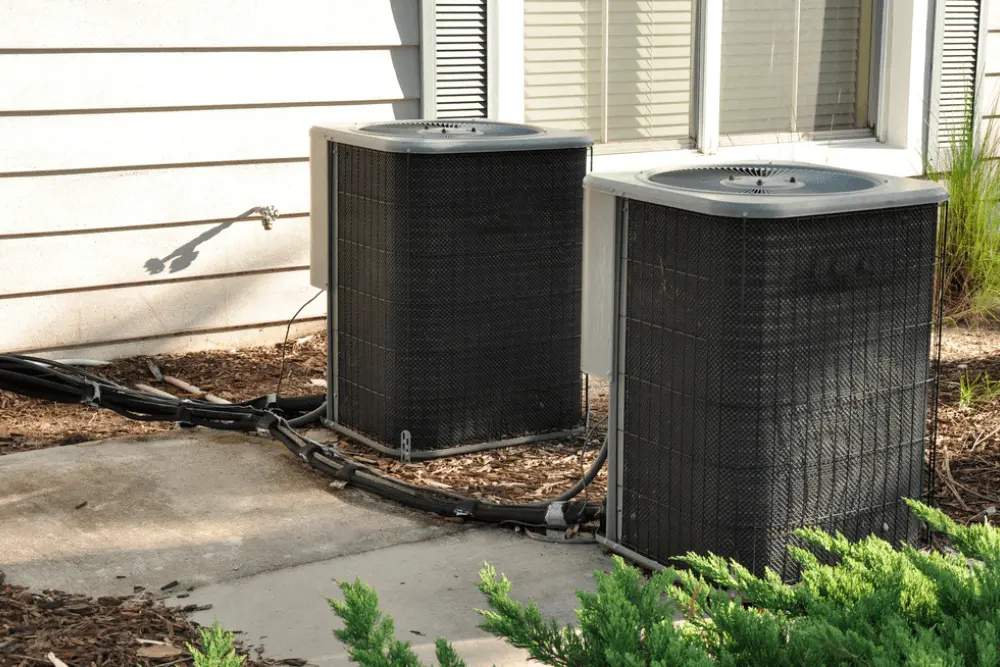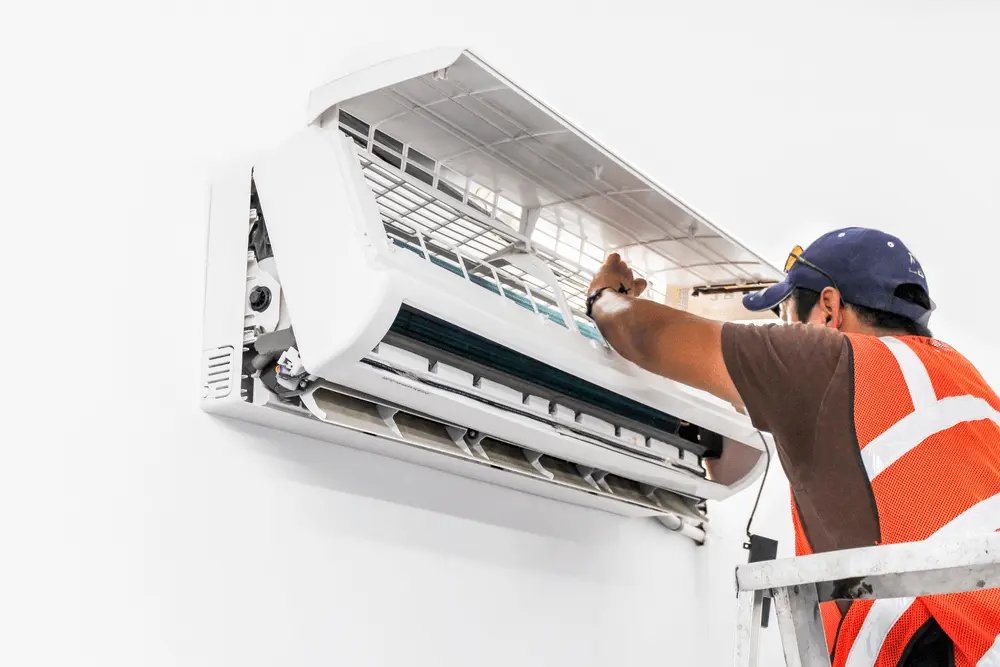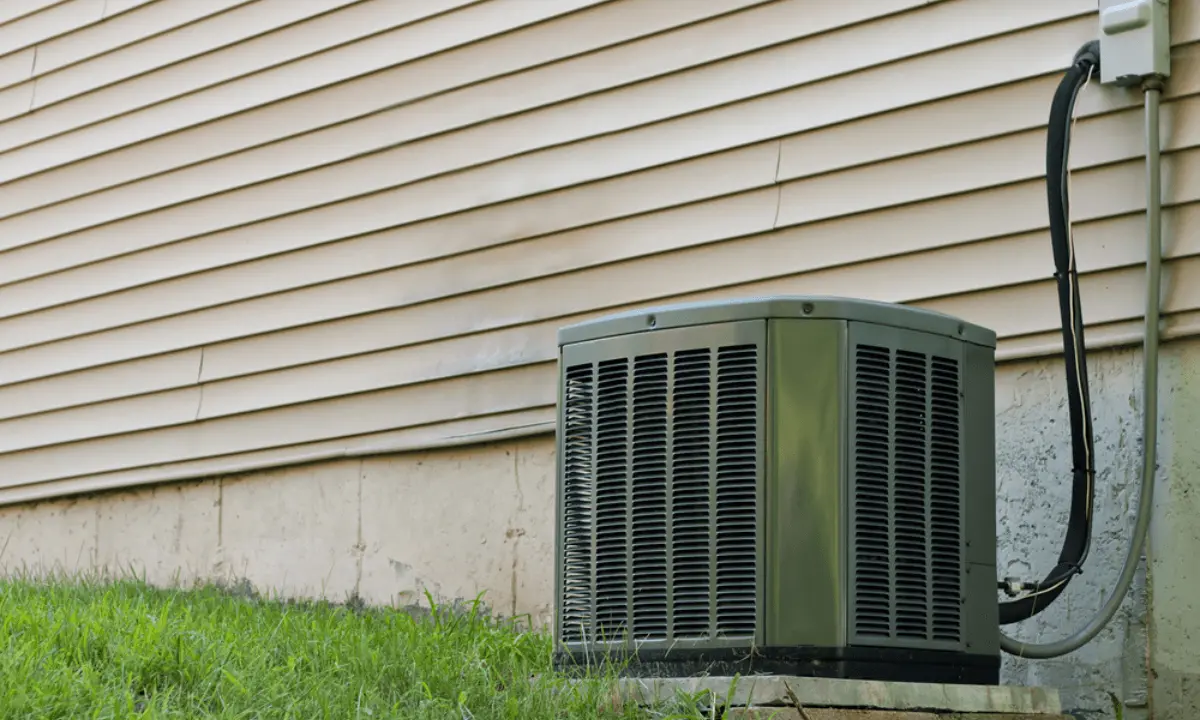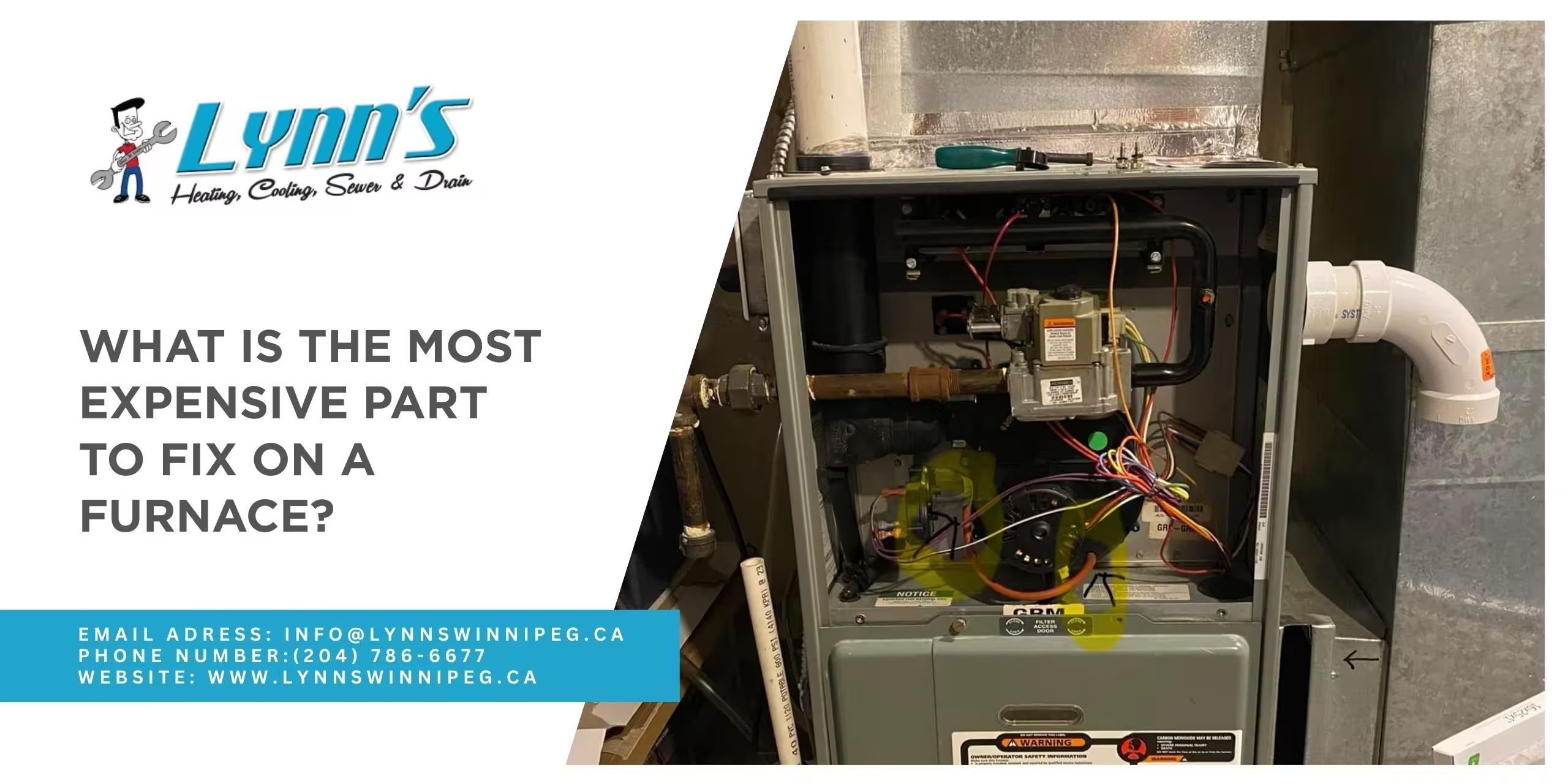Are you in the market for a new air conditioning system? Your AC unit is essential to keep you and your family cool and comfortable this summer. If you’re looking to install a new cooling system, you may be wondering which is better: central AC or ductless mini-splits. There is no right answer and the best choice will depend on your home, your specific cooling needs, and your budget. In this post, we’re going to look at both options and the advantages and disadvantages of each.
Table of Contents
ToggleCentral Air Conditioning
Central AC is the most common type of cooling system, using your home’s duct system to cool the air. These air conditioners consist of two key components: an indoor unit (typically located in a closet or basement near your furnace filter) and an outdoor unit. These units work together to keep the air in your home cool. Central air is usually controlled by a single thermostat, which controls the air temperature throughout your entire house. This system allows you to easily optimize your air conditioning for consistent, comfortable climate control.

Let’s look at the pros and cons of central AC:
Pros
- Initial Costs – Assuming your home has existing ductwork, central AC is cheaper to purchase and install initially.
- Cooling Effectiveness Throughout Your Home – Central air systems can effectively cool your entire home. By using the connected ductwork, central AC can cover large spaces and every room in your house with the convenience of a single thermostat.
- Invisibility – Central air conditioning is essentially invisible inside the home.
- Increased Property Value – Installing a central air conditioning system can increase the value of your home by up to 10%.
- Air Filtration – Central AC units help to filter dust, allergens, and other pollutants, improving indoor air quality.
Cons
- Higher Energy Bills – While the upfront costs of central air are lower than a ductless mini-split system, they are less energy-efficient and your monthly utility bills may be higher in the long run.
- Less Precise Heating and Cooling – Due to their ductwork system, central air conditioning systems cannot accurately regulate the temperature of individual rooms or areas of the home, leading to inconsistent temperatures in different parts of the house. This issue highlights the need for a comprehensive guide to air conditioning systems, which can help homeowners understand how to achieve more consistent and efficient climate control.
- Costs Associated With Ductwork – If your home has no existing ductwork the installation costs for a central air system can be high, negating the advantage of cheaper initial costs.
Ductless Mini-Splits
A ductless mini-split is a type of air conditioning system that cools your home without the use of ductwork. Mini-splits have two main components: an outdoor compressor and condenser, and an indoor air handling unit. The indoor units are mounted on the walls or ceiling and are connected to the exterior by a copper line. The indoor unit blows conditioned air into the space while taking warm air from inside. Ductless mini-splits can be used for more targeted cooling and are easier to repair your air conditioners when issues arise.

Here are some pros and cons of a ductless mini-split air conditioning system:
Pros
- More Energy Efficient – Since mini-splits don’t rely on ductwork, less cooled air is lost in transit and more of it will reach its desired destination. As a result, ductless mini-splits are more energy efficient than running a central air system, equating to lower monthly energy bills.
- Temperature Control – Ductless mini-splits are better at controlling the temperature throughout your home. You can control the precise temperature of each room and space. This is especially beneficial if different members of your family prefer different temperatures.
- Simple Installation – Both systems will likely need professional installation, but ductless mini-splits are quicker and easier to install, particularly if you’re looking at installing ductwork throughout your home.
- Quieter Operation – Ductless mini-splits are much quieter to run than central air.
Cons
- Initial Cost – Ductless mini-splits are more expensive to purchase and install than central air. Remember, a mini-split system is only suitable for a small space and you may need to purchase a separate unit for each room, adding significantly to your initial costs.
- Visibility – The indoor component of your mini-split must be mounted onto a wall or ceiling. A visible unit is less aesthetically pleasing and is unappealing for some people.
- Limited Coverage – A ductless mini-split is capable of cooling a small space. If you want to cool your entire home, you’ll need to purchase more than one unit.
- Less Air Filtering – A ductless AC system can not remove pollen, dust mites, or other allergens as effectively as a central air conditioning system.
As you can see, there are benefits and drawbacks to both central air and ductless mini-splits. Under the right conditions, both systems can be used to effectively cool your home, so you can beat the heat this summer. The right choice for your home depends on your specific cooling needs. If you have questions or concerns about which air conditioning system is right for you, contact us today at Lynn’s in Winnipeg.




